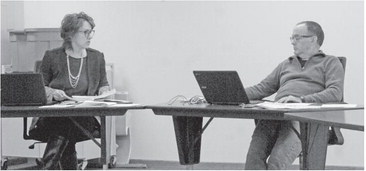Board switches how staff’s post retirement plan is funded


Money will be put into school-owned accounts each budget year
Staff members hired after July 1 at Medford Area Public School District will have a...


Money will be put into school-owned accounts each budget year
Staff members hired after July 1 at Medford Area Public School District will have a...